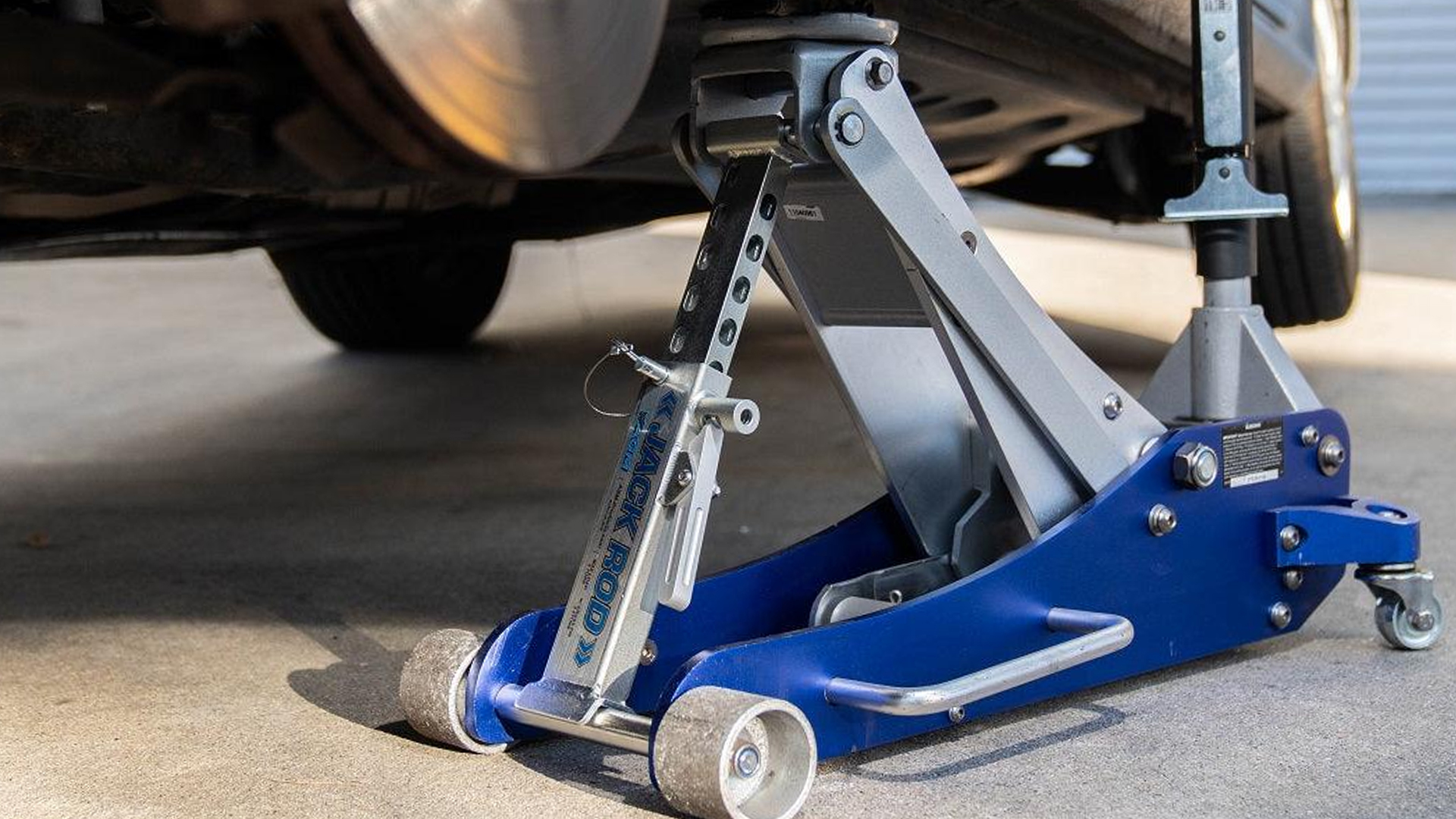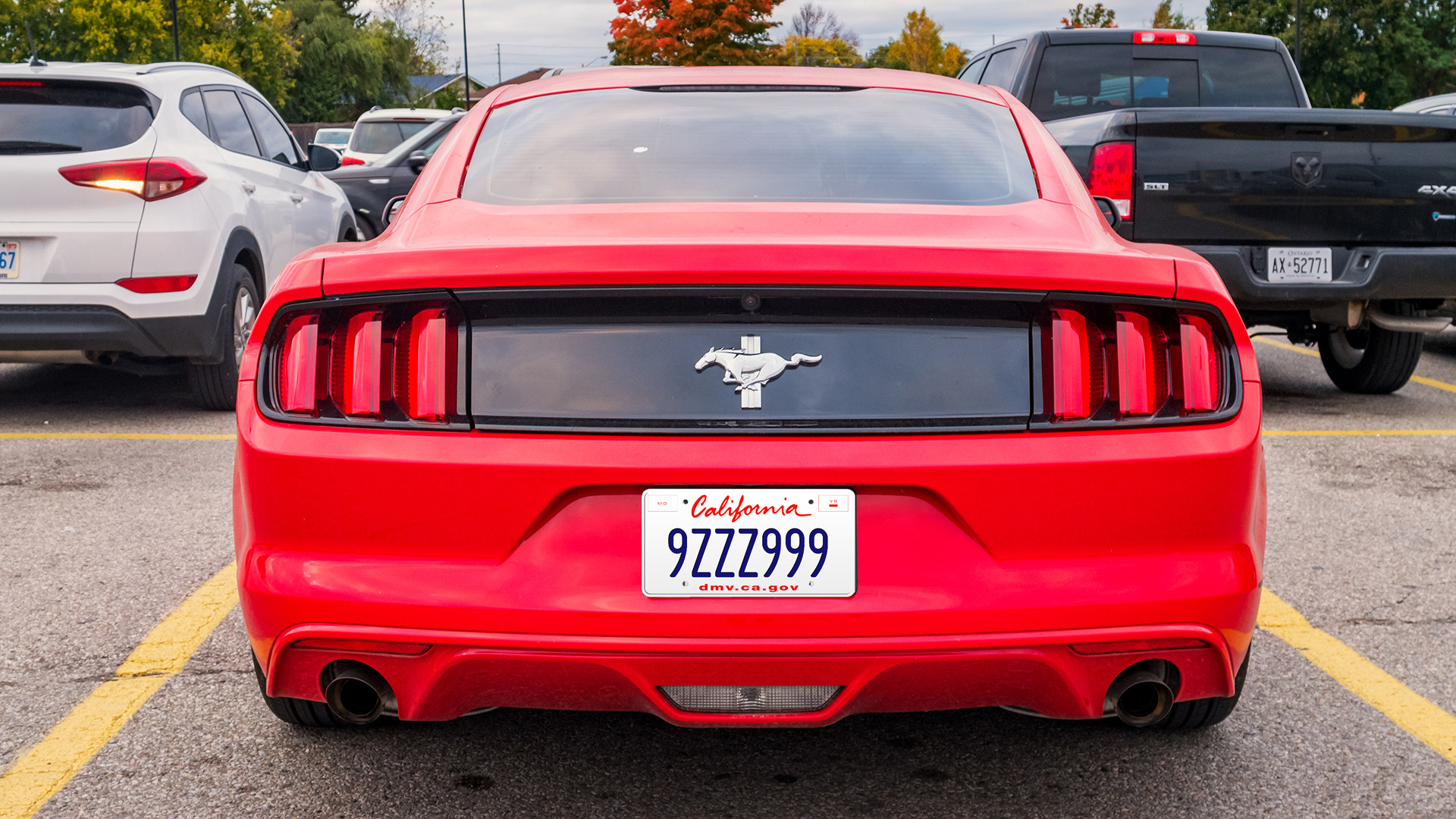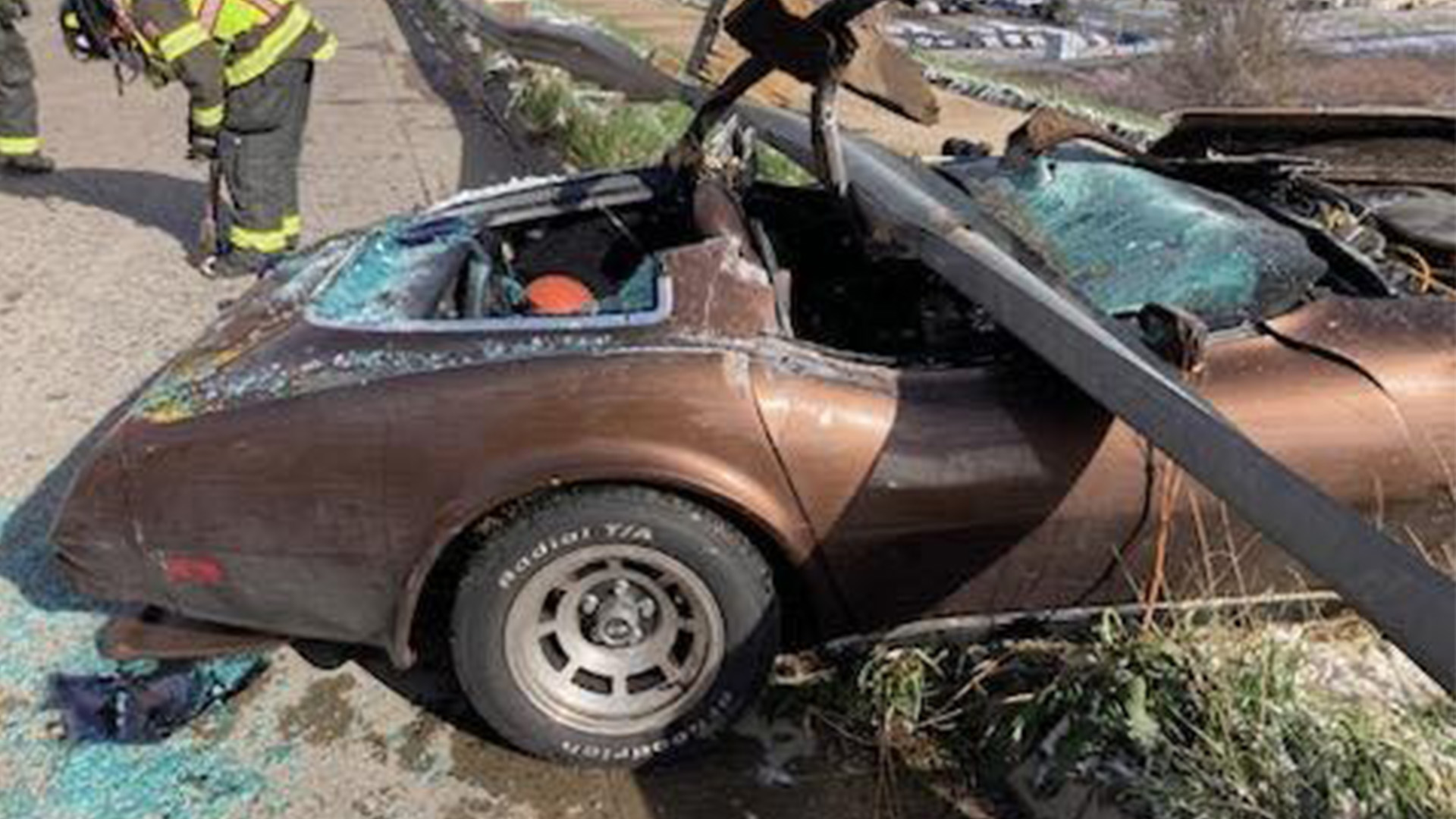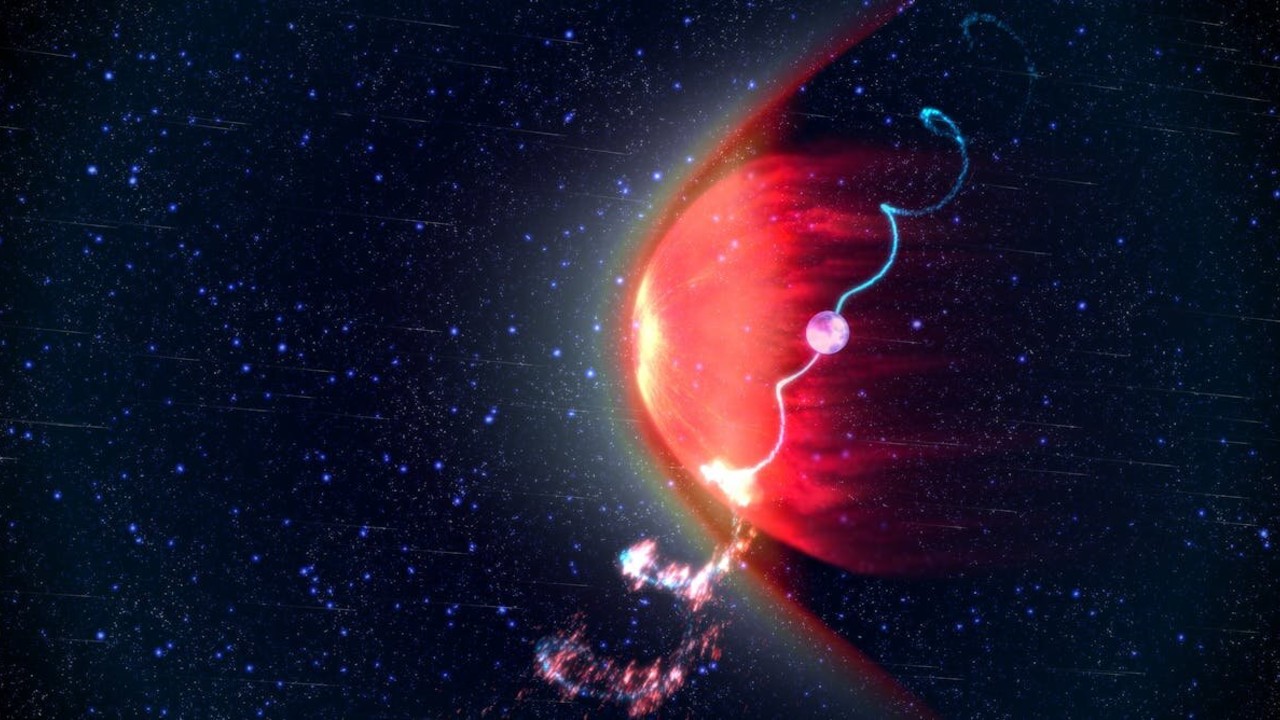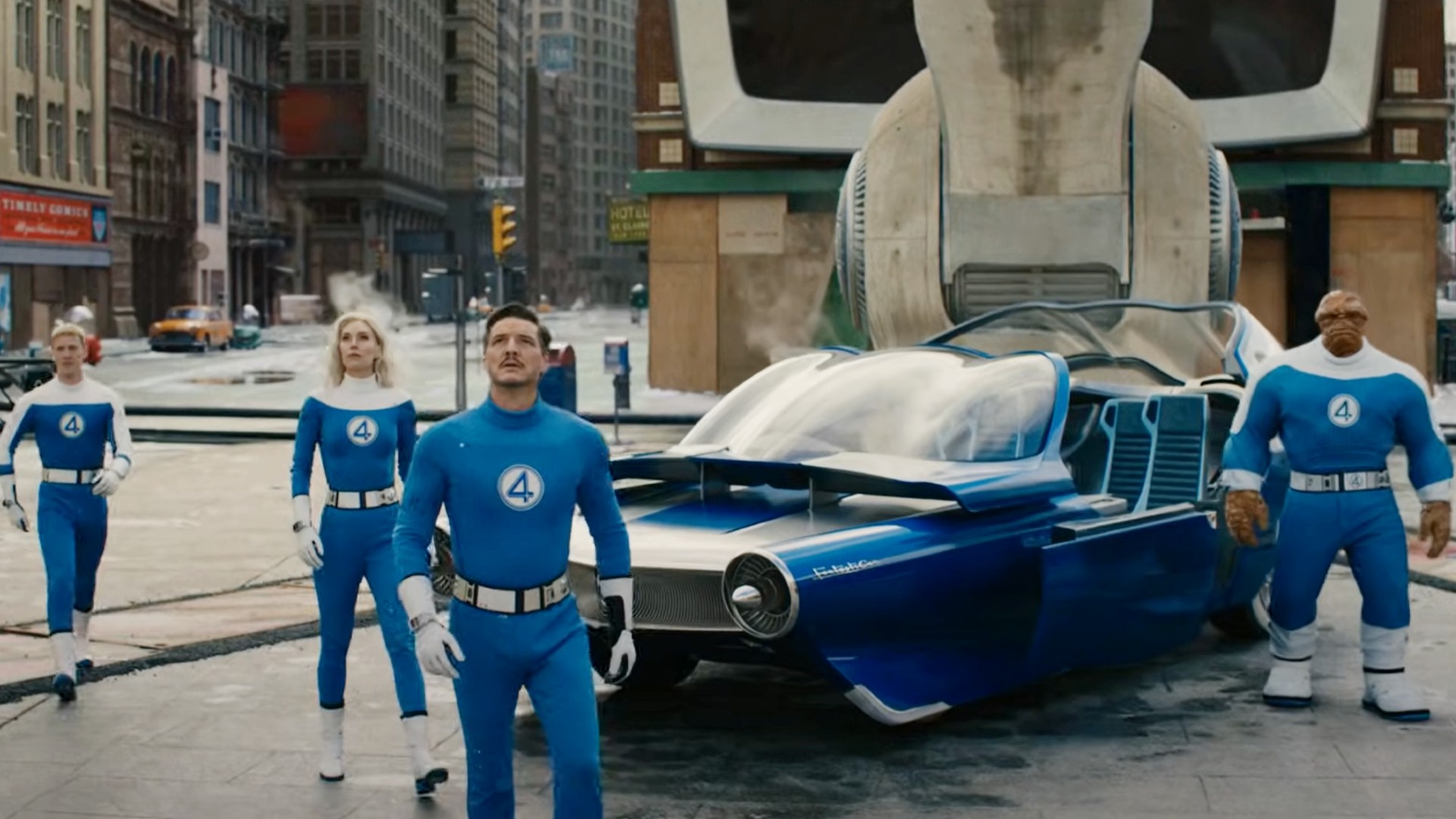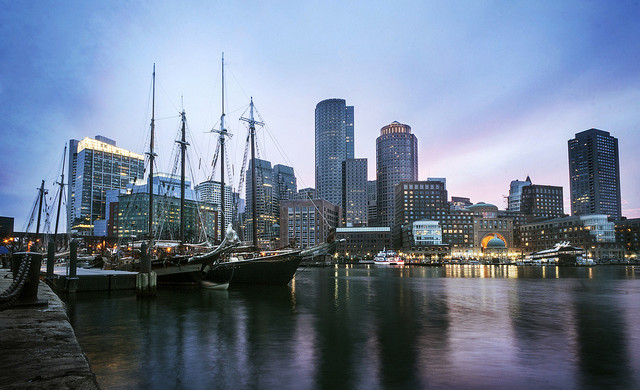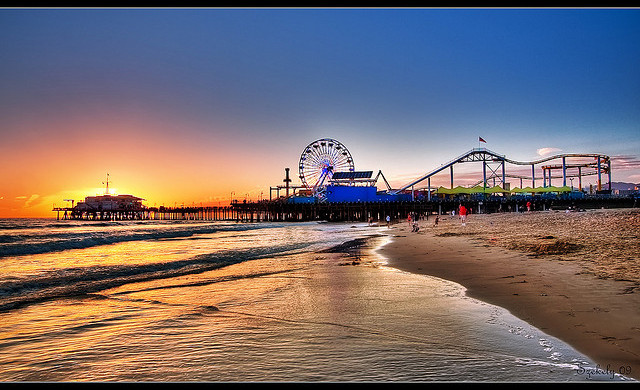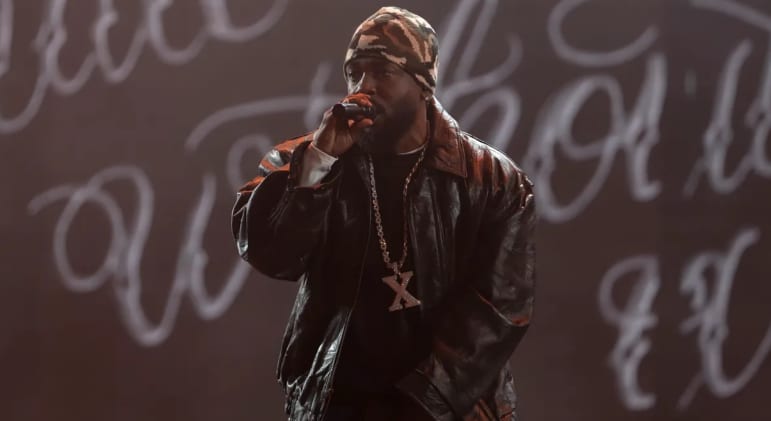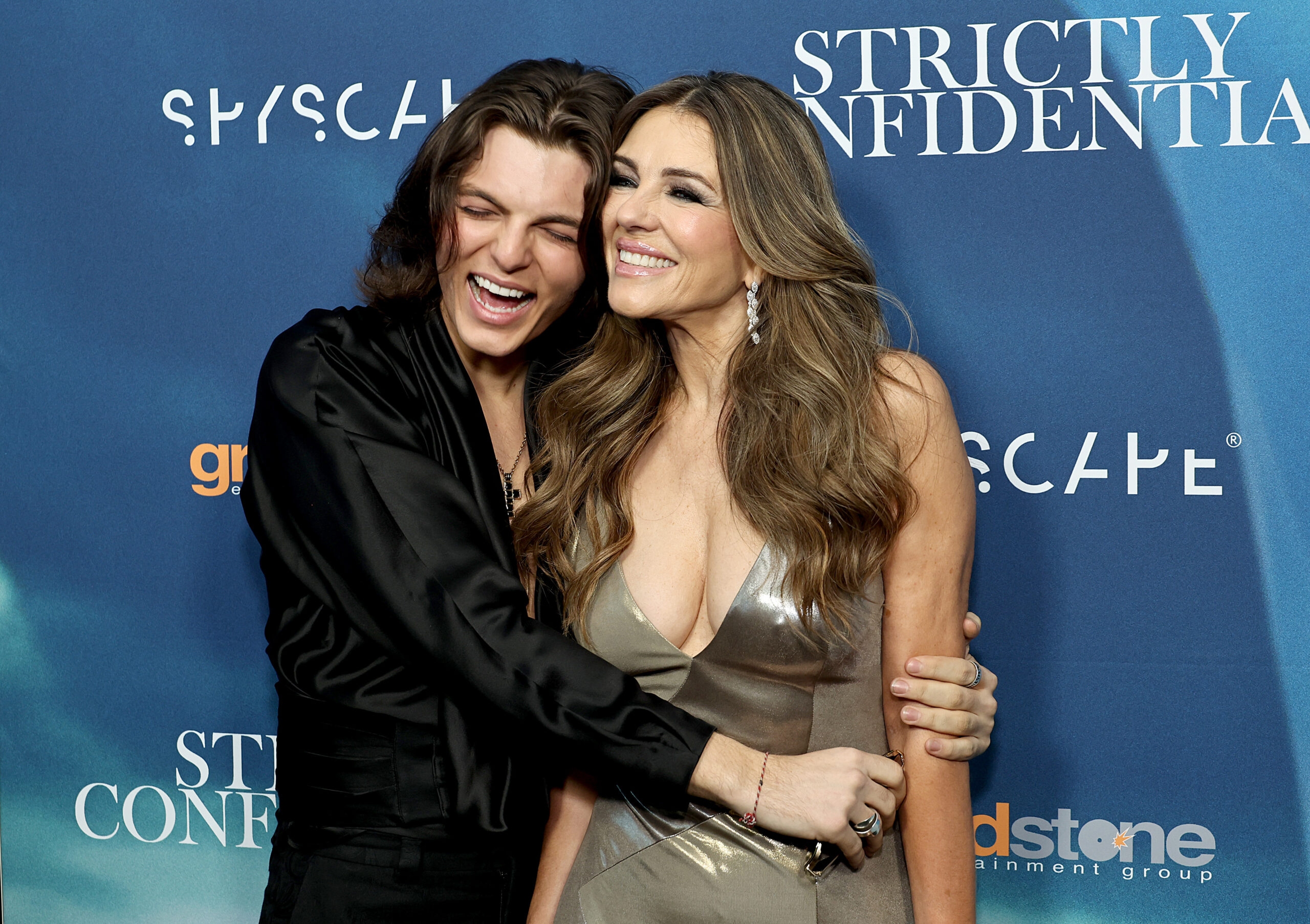’90s Video Game Movies Deserve More Respect
A Minecraft Movie has finally emerged from development hell, only to be greeted by a strangely familiar reaction. Despite critics mostly loathing it, the video game adaptation quietly and confidently went on to set box office records. The whole thing has also triggered arguments about who gets to criticize kids’ entertainment and about how some […] The post ’90s Video Game Movies Deserve More Respect appeared first on Den of Geek.

A Minecraft Movie has finally emerged from development hell, only to be greeted by a strangely familiar reaction. Despite critics mostly loathing it, the video game adaptation quietly and confidently went on to set box office records. The whole thing has also triggered arguments about who gets to criticize kids’ entertainment and about how some things are simply “for the fans.”
While it’s pretty tough to call A Minecraft Movie “good” in the classical sense of the word, its quality is probably the least interesting thing about the project. The far more fascinating development is that films like A Minecraft Movie and 2023’s Five Nights at Freddy’s have gotten younger fans of those franchises into movie theaters by pandering to them with memes, familiar names, and references so deep that filmmakers are happily breaking the fourth to include the YouTubers that play these games. It’s a level of fan service rarely seen outside of an anime series beach episode.
Yet I can’t help but be a little jealous of the ways younger fans are celebrating these movies that were so clearly made for them. For decades, I largely resented the live-action video game movies I grew up with and echoed the chorus that often referred to some of them as the worst movies ever made.
Granted, most of the criticisms directed toward the four most notable live-action gaming adaptations of the ‘90s—1993’s Super Mario Bros., 1994’s Street Fighter and Double Dragon, and 1995’s Mortal Kombat—were valid then and now. These movies were not secret cinematic masterpieces, and it’s not like A Minecraft Movie strays so far from them in terms of quality. They were born from a time when there was no concept of what a video game movie “should be.” That lack of a formula or even a collective expectation for what a safe, profitable version of these movies should look like was all the excuse their filmmakers needed to get really weird with it.
Super Mario Bros. features Dennis Hopper playing a dinosaur-descended humanoid dictator chasing a rocket shoes-aided Bob Hoskins across a fungal-covered cyberpunk dystopia—all while Luigi is depicted as the cool one. Street Fighter sees Raul Julia feasting on the scenery while Jean-Claude Van Damme flexes an American flag tattooed across his Brussels muscles. Mortal Kombat dares to ask, “What if Enter the Dragon had a techno house music soundtrack and a four-armed monster being punched square in the scrotum?” Double Dragon includes a scene in which Alyssa Milano force feeds a mutated thug spinach before locking him in a dingy bathroom.
If you are lucky enough to find the time to watch any of those movies today, you’ll likely come away from them saying, “It’s incredible that this thing exists.” It’s impossible to imagine anything like these movies being made in the 2020s, especially if we’re talking about adaptations of established properties primarily targeted at younger viewers. They’re horny, violent, bizarre, and often made by people who didn’t even have to pretend to be fans of these IPs during press tours because nobody had any expectations that they would be.
And for that alone, they are often delightful. They are, at the very least, a cathartic antithesis to what such adaptations have become. As our own Joe George pointed out, A Minecraft Movie is often at its most endearing when it’s at least trying to do something unusual, even if it doesn’t quite stick the landing. By comparison, those ‘90s live-action video game movies are 90+ minute testaments to the raw entertainment value of seeing what you can get away with when you’re playing with house money.
They’re filled with veteran actors turning in delightfully villainous performances, genuine attempts to push ‘90s special effects beyond their reasonable limits, and in the case of Double Dragon, an explosion so massive that it reportedly prompted emergency calls from nearby residents. It’s often difficult to tell what these movies’ creators were going for, but you can’t watch these movies and present a good-faith argument that they weren’t going for it all the same.
Even the common argument that these movies weren’t true to their source material often feels reductive in retrospect. We’re talking about movies based on eight and 16-bit worlds that weren’t exactly blessed with the rich narrative and deep lore we come to expect from many modern games. The directors and writers of these films conceivably labored under the delusion that they were being true to what little material their sources offered. Putting Bob-ombs and Bullet Bills in Super Mario Bros. or sneaking the Double Dragon arcade machine into Double Dragon the movie was as genuine an attempt at pandering as what we see in A Minecraft Movie.
To be fair, you also shouldn’t try to paint these movies with the same broad brush in terms of their accuracy. Street Fighter may have jettisoned the whole global fighting tournament concept, but it did its best to fill the movie with familiar faces, much to the detriment of its plot and pacing. Mortal Kombat remained the gold standard for accuracy in a game adaptation for quite some time. That’s largely because of its director’s increased familiarity with a franchise that had actual lore and worldbuilding to work with. It struck a balance between staying accurate and expanding a thin game concept into a full-length film that arguably never really became the standard for such adaptations.
Still, we shouldn’t let these creators off the hook for their mistakes, nor should we completely dismiss the fundamental flaws of these projects. Super Mario Bros.’ directors were clearly more interested in making something along the lines of Blade Runner, Mad Max, or Tim Burton’s Batman than a Super Mario Bros. movie that appealed to that series’ mostly childhood fanbase. They allegedly even tried to insert more scenes involving strippers into the film before those were wisely edited out.
Indeed, the most common theme you find in those ‘90s video game movies is the unshakable feeling that they were made by people who would have rather been working on anything else. Instead they used familiar names and big budgets as an excuse to stealthily pursue their own projects.
All these years later though, I find that trait strangely endearing. These movies were made by people who believed their job was to translate popular video games through the medium of film. Even if they knew those properties well enough to simply pander to young audiences, they didn’t seem particularly interested in doing so. But by taking the path of most resistance, they exhibited the “figure it out” mentality that is responsible for the best and worst of the Hollywood that was—and which has all but disappeared at a time when safe bets have made it easy to romanticize a time when bad movies were at least interestingly bad.
The video game movies of the ‘90s made people scratch their heads and wonder who these things were meant for. They certainly didn’t seem to be made for kids, they rarely spoke to fans, and critics and parents practically convulsed at their mere mention of them. Strangely, it feels like these movies were made for us right now. They’re perfect for adults with vague nostalgia clogging their hearts like cholesterol and a growing appreciation for the charming fallacies of the human-driven creative process. They remind us of a time when someone looked at the hottest video game property in the world and thought, “Everyone is going to love watching Bob Hoskins get his rocket boots from a woman named Big Bertha in the back of a dingy dystopian nightclub called the Boom Boom Bar.” Thirty-plus years later, they’ve finally been proven right
The post ’90s Video Game Movies Deserve More Respect appeared first on Den of Geek.










![From fast food worker to cybersecurity engineer with Tae'lur Alexis [Podcast #169]](https://cdn.hashnode.com/res/hashnode/image/upload/v1745242807605/8a6cf71c-144f-4c91-9532-62d7c92c0f65.png?#)













